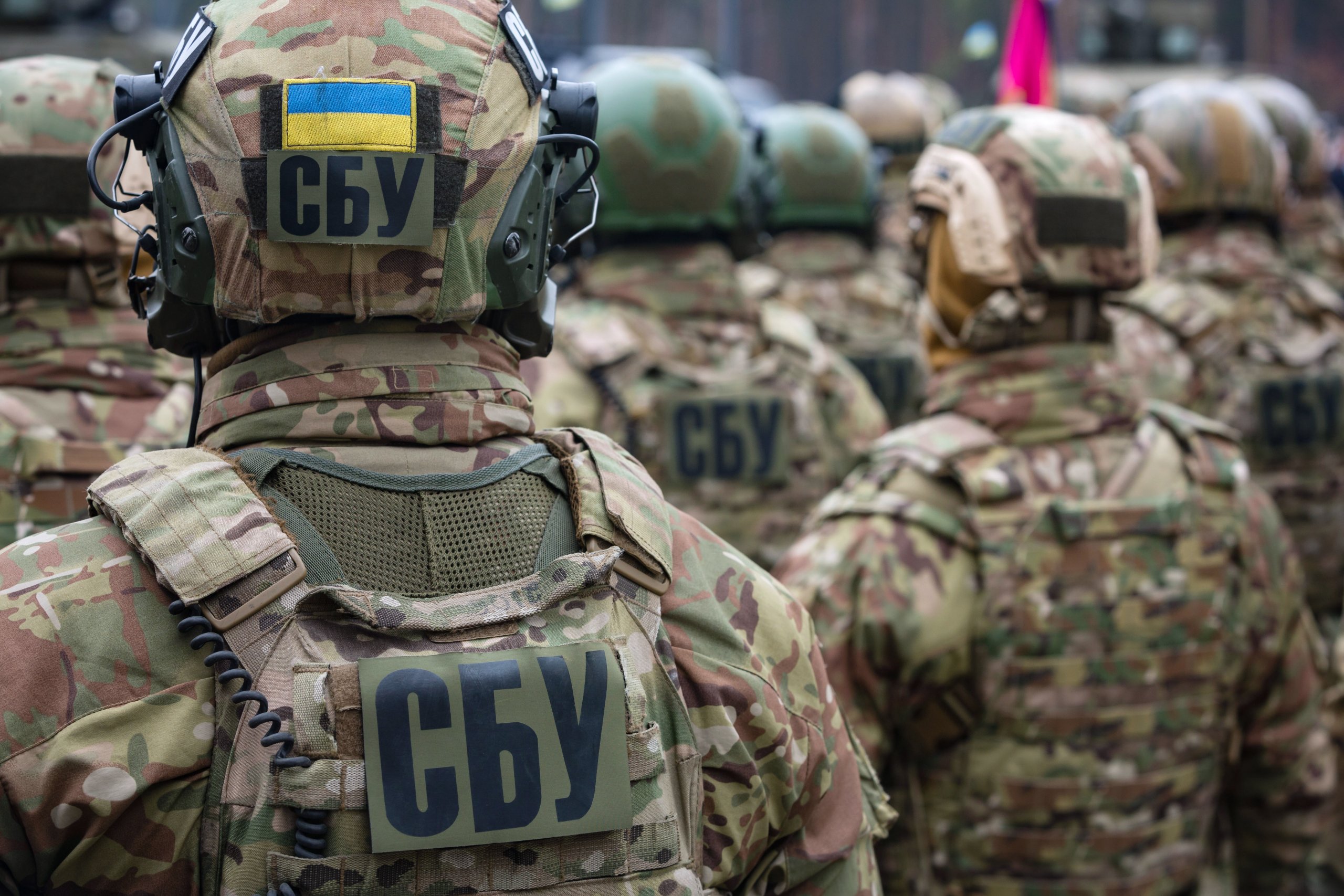Over the past two weeks, Ukraine has been subjected to the most extensive shelling during the full-scale war. On November 15, Russia fired about 100 missiles at Ukrainian cities and villages. A residential building was damaged in Kyiv - at least one person died. Due to massive shelling, residents of Kyiv, Kharkiv, Zhytomyr, Lviv, Ternopil, Rivne, Khmelnytsky, and many other settlements were partially or completely left without electricity and water.
On November 23, Ukrainian air defense forces shot down 51 of 70 cruise missiles and five kamikaze drones launched by Russian forces over Ukraine. Despite this, Russia still caused damage to the energy and civil infrastructure. Most Ukrainian cities were cut off. Russian missiles hit three high-rise buildings, killing 10 people.
Russia's massive shelling of Ukraine led not only to the deaths of people and significant damage to Ukrainian infrastructure but also affected Moldova's power grid, leaving part of the country without electricity.
Russian missiles do not reach their targets without clear coordinates, which are determined by navigation systems, the Main Directorate of Intelligence of Ukraine of the Ministry of Defense of Ukraine declares. To guide missiles, Russia uses its own development of GLONASS, an analog of GPS. GLONASS was created in 1982 by the order of the Ministry of Defense of the USSR. Although GLONASS is a dual-purpose system, it is primarily used by the Russian military to target Ukrainian cities.
There is a weak point in the Russian navigation system - GLONASS depends on microchips produced by foreign companies. Russian missiles and drones are equipped with foreign-made GLONASS-enabled microchips – usually civilian chips, but the Russians use them for military purposes. The chips receive and process coordinates from GLONASS, and the missiles use this information to navigate in space and aim at Ukrainian civil and energy infrastructure.
A number of foreign companies continue to produce microchips with GLONASS support to this day:
- Linx Technologies (USA);
- Broadcom (USA);
- Qualcomm (USA);
- Telit (USA);
- Maxim Integrated (USA);
- TRIMBLE (USA);
- Cavli Wireless (USA);
- u-blox AG (Switzerland);
- STMicroelectronics (Switzerland);
- Sierra Wireless (Canada);
- NovAtel (Canada);
- Septentrio (Belgium);
- Antenova (UK).
Russia, in turn, continues to purchase GLONASS-enabled microchips through numerous shell companies and distributors. They are used at least in the following types of weapons, such as: Orlan-10 and Shahed-136 drones, Tornado-S and Smerch anti-aircraft missiles, Iskander, Kalibr and Dagger missiles, as well as aviation and cruise missiles X-101, X-555, X-38, X-59MK, X-31.
Without foreign-made GLONASS-enabled chips, Russians will have to build their own microelectronics from scratch. In this case, export control and control by manufacturers will not work because Russia is constantly inventing new ways to circumvent sanctions and purchase technologies.
Foreign companies should realize the direct impact of their products on Russia's defense capabilities, stop producing chips with GLONASS support and remove the function of supporting this navigation system from all their devices.





















